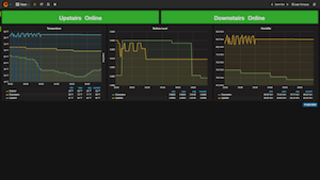PHP
February 1, 2020
Using Phinx Programmatically
Phinx is a really cool database migration package that
allows you to write changes to your database as code. It keeps track of which
changes have been applied and allows you the option of rolling back if you hit
an issue.
All the documentation on Phinx describes a typical setup where you would run the
phinx command to do your migrations. And that is all fine and good in most
projects. But what happens if you are integrating Phinx into an existing project
that already has a lot of the usual scaffolding in place?
Read More
